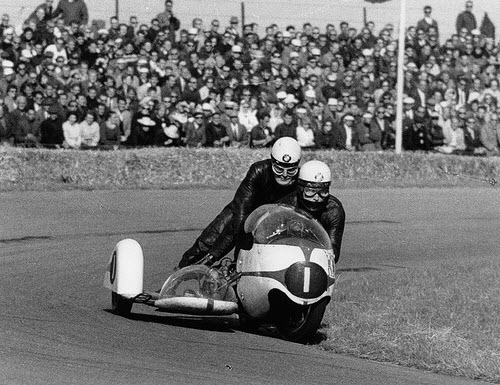
Bob Feller makes his major league debut. What does this have to do with a motorcycle? What? Huh? I don't get it. Sit down, Mary, don't get your panties in a bunch.
In the summer of 1940 former-major leaguer Lew Fonseca catches "The Heater from Van Meter" on film beating a cop on a 1939 Harley-Davidson knucklehead to a target. Ball vs bike. I am hoping I can get this video somehow in sync so you can see this feat. No mound, no real wind-up, just throw it.
When it was all over, it was estimated to be 104mph, though there are lots of arguments. One thing not argued about is this was pretty damn cool.
If you click on the icon with my bike and look at "about me" that is where it got downloaded to. Sorry, I know about bikes, computers not so much.
If you have time check it out. Or go to YouTube and look at Cavalcade of Sports: Bob Feller Before Radar Guns.

























